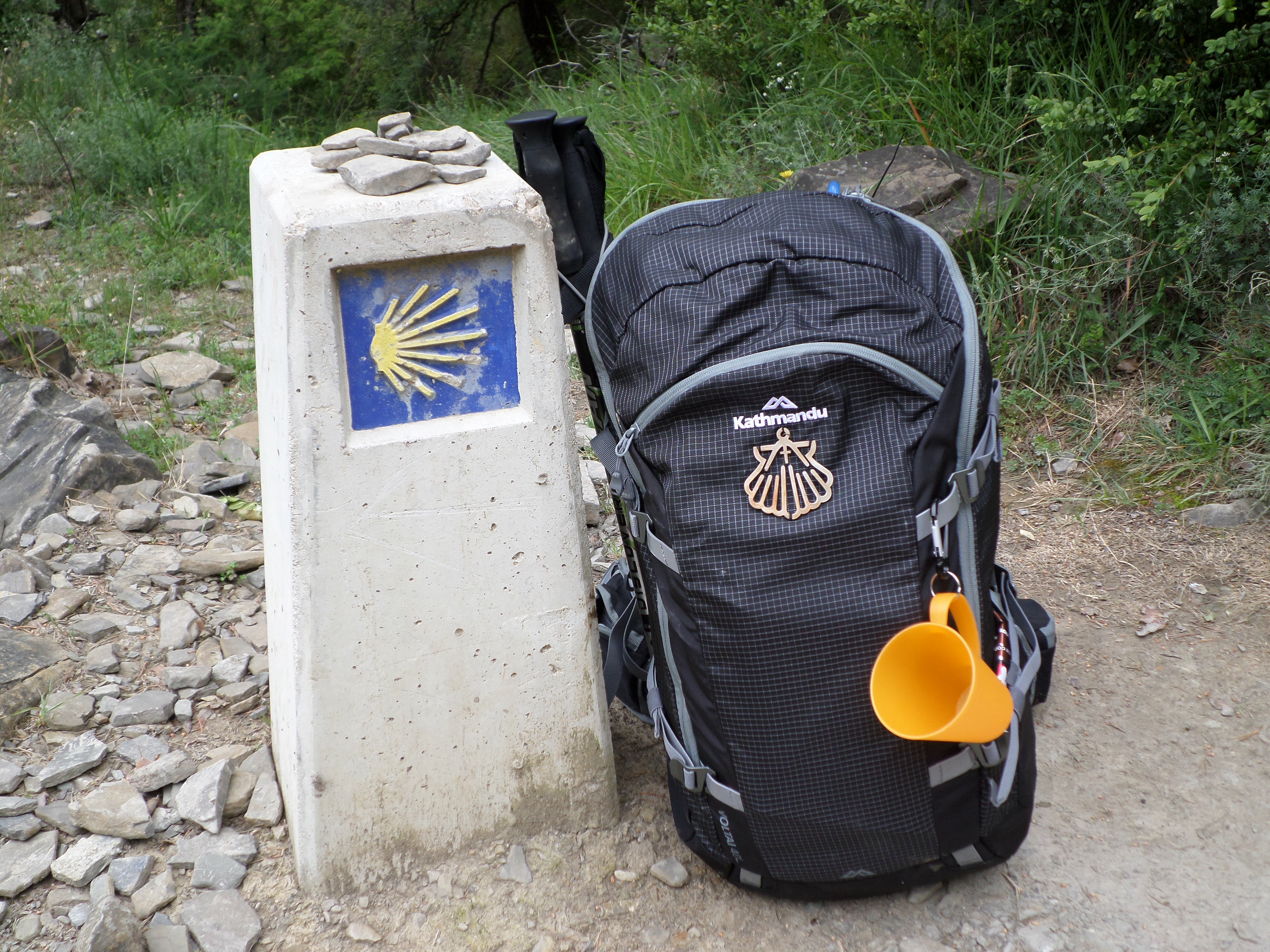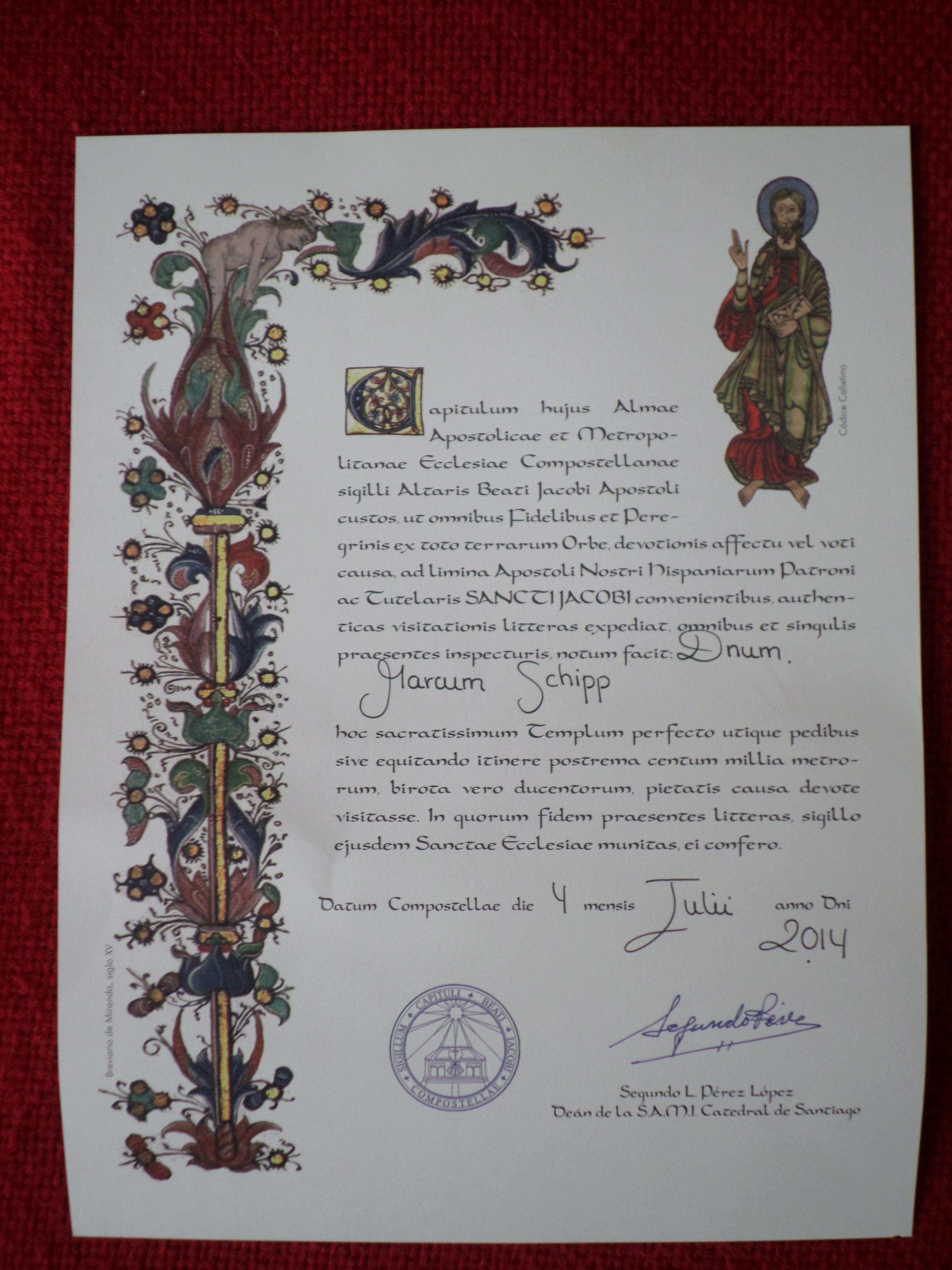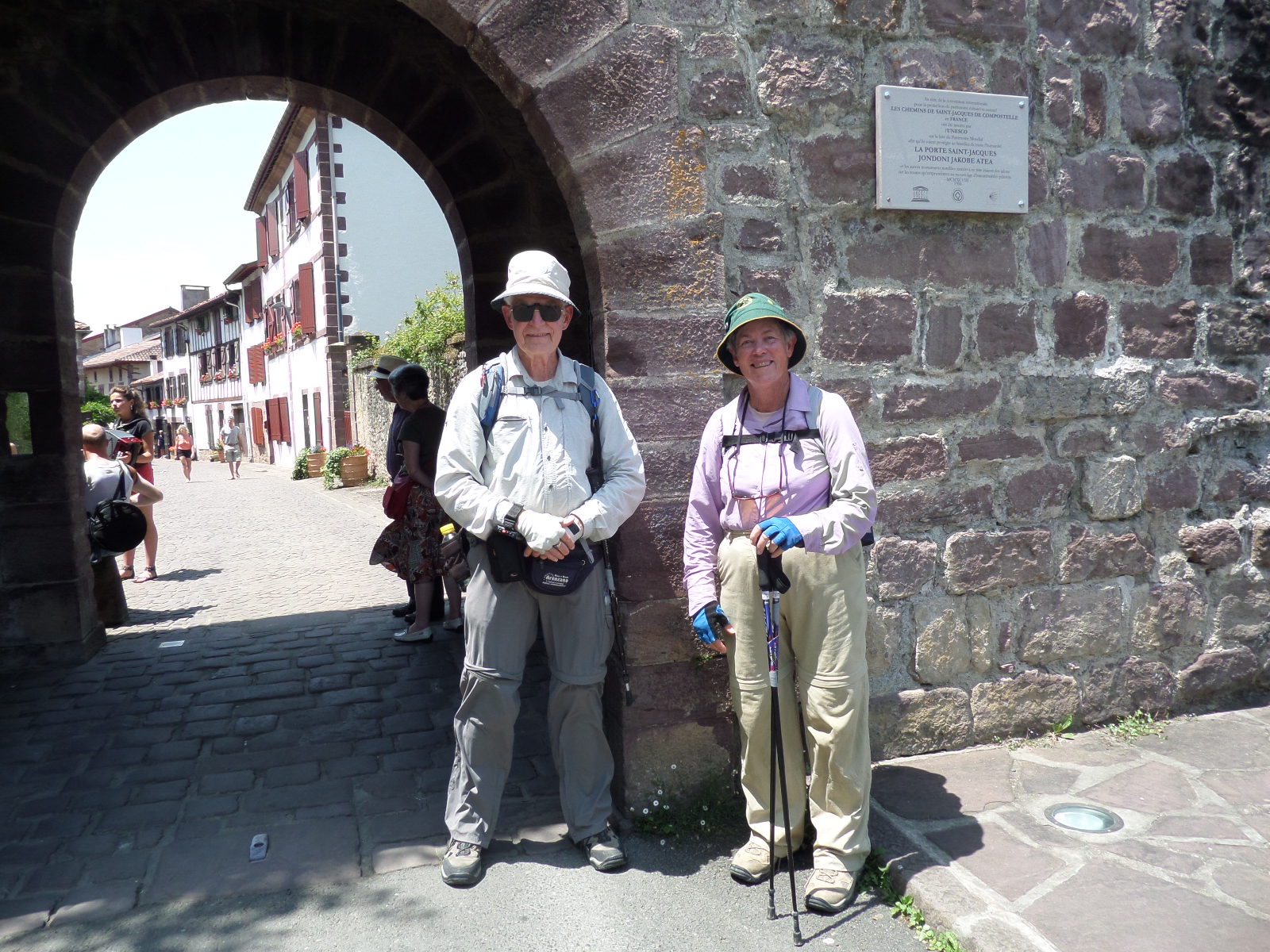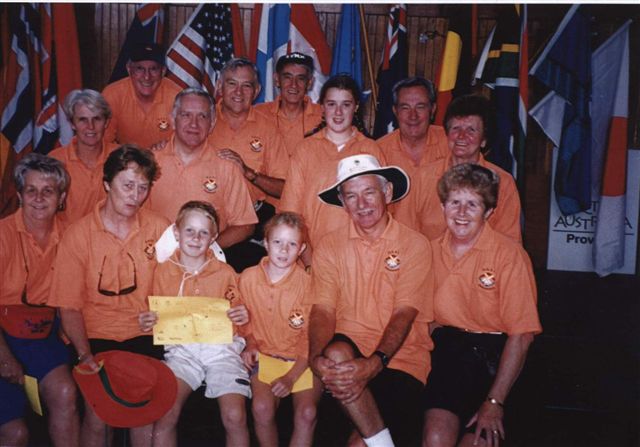 Mark, one of our new AussieWalkers last year, recently completed his first IML walk in Fulda, Germany. While overseas, he also took the opportunity to do some IVV walks. He related his adventures to family and friends as follows:
Mark, one of our new AussieWalkers last year, recently completed his first IML walk in Fulda, Germany. While overseas, he also took the opportunity to do some IVV walks. He related his adventures to family and friends as follows:
“I am trying to sleep on the floor of an indoor basketball court in Germany, but there are about 80 others here trying to do the same and some have successfully transitioned to snoring before I can attain unconsciousness. Next to me is a Japanese couple who hold hands in their sleep and at my feet is a 79-year-old Belgian and his friend from France. I am here to walk 84km in two days across the countryside surrounding the historic southern city of Fulda.
“Organised by the IVV which roughly translates as the international people’s sport and the IML (international marching league), wandering or walking is a popular activity in Europe with smaller events of various distances and durations occurring each weekend. I have never walked these kinds of distances or attended this type of event, so I am nervous. I am the only Australian here and somewhere in my travels I have lost my sleeping mask which would be most helpful right now, but I do appreciate the earplugs I still have with me. I turn over and try to get comfortable on the unfamiliar and noisy air mattress I have brought with me.
“We wake soon after 4am and I pick my way through the sleeping bodies to the communal showers. I am not sure if breakfast is provided but find that it is as are small snacks throughout the walk as you reach each checkpoint. I have some time before we are ready for breakfast so I finish reading Walking by Henry David Thoreau. He advocated long walks in the afternoon in unvisited directions, usually west, from his rural setting — I am not sure that what I am about to undertake is what he had in mind.
“After a breakfast of German breads, salami cold cuts and salad we gather outside in the rain to board buses to our drop-off point. This event is popular with army units with the units from Germany, USA, UK and Denmark prominent, but there were others also (as one of the US soldiers said, “We used to shoot these guys.”). They congregate in groups of various fatigue uniforms with backpacks, boots and banners. I met a slim, quiet guy from the Netherlands who admitted that these events had become his addiction. He said he had given up smoking and drinking and now spent his weekends at these events and his spare time in training for them. He showed me his badges from 100km and 160km events. He had walked 160km in 29 hours straight but wanted to achieve ‘centurion’ status which means walking that distance in under 24 hours.
“After a long drive we arrive at our starting point and disembark. The rain has settled in and we walk through it all day, the tracks becoming sodden, muddy and slick. The army units unfurl their banners and head off but among us are the speedsters like my Dutch friend who carry and wear little but lycra as their focus is on their finishing time; I just want to finish without embarrassment.
“Gradually the sun rises but never with much conviction to reveal the lovely German countryside we are walking through. On each of the two days we became a long strung out stream of walkers of various speeds and ability as we walked through forests, between cultivated fields, and visited villages. On the second day the gaits which had been comfortable and smooth were noticeably more lame and painful for some.
“Over 1,000 people from more than 26 countries participated in this event. Over the two days you could choose to walk 84, 63 or 42 kilometres. The youngest walker was six years of age and the oldest in his late eighties. At the end of the event the successful participants are recognised with certificates and medals of participation. Those who have achievements such as attending several hundred such events or bringing the largest teams are also recognised. The reward I was promising myself was a warm (although shared) shower and a German beer in this season of Oktoberfest.
“I am one of those guys who likes to pack for contingencies and so rarely pack light. Of course usually when I get home I find several items brought around the world and back again that did not get used. I knew the weather in Germany at this time of year was uncertain so I had prepared for both sun and rain. I had a light spray jacket that offered no resistance to the persistent rain and by the end of the walk I could only have been wetter if I had swum. At one point as we negotiated a narrow muddy path I saw an opportunity to get ahead of a group of walkers so I tried to walk past them on a sodden mound of clay only to lose my footing and end up sideways in the mud — embarrassed and with a strain to one ankle that took a while to walk out.
“So my wet weather gear was not up to the mark. At the checkpoints I noticed lots of comfortable-looking German men in Jack Wolfskin jackets and was very envious. I did not realise that the company is based in Frankfurt which is the largest city close to Fulda. The beautiful but expensive jackets are apparently popular for city work wear as well as for hiking.
“In my pack I had a second pair of shoes — an extra weight to carry but I felt better for having the option of changing shoes and finished with no blisters. I started each day in hiking boots and changed to sand-shoes halfway through each walk. As I was walking alone my iPod was a great assistance. At first I listened to podcasts but then changed to streaming music and each new track gave me new energy.
“As might be expected the second day’s walk was more difficult, but not only because it took already damaged bodies and pushed them the same distance for a second time. The course for the first day started at a high point 42km out from Fulda and we walked back. On the second day we walked in a loop starting and finishing at the same point with a steep climb up a forestry track in the early section. On the second day it was not raining but there was a heavy fog and mist all day and as we neared the end of the walk we got a glimpse of our base before turning away for a further 7km loop, another climb and painful descent before we eventually made it back.
“I am very pleased I did my first international event as it was not something I was confident I could finish but I did both walks in good time. I have a certificate and medal (which looks very military) but my main achievement is a sense of self accomplishment and once my feet feel better I will be up and ‘marching’ again.
“The IVV also organise self-guided or permanent walks where you follow the map or instructions, answer questions at a few points to show you have covered the ground and then are recognised as having completed the event and the distance. We have some of these walks in Canberra and I was able to do four in Germany during my visit.
“I did two in Berlin with the first around the historical sights of Berlin and very easy to follow. They had placed yellow dots on sign posts along the way and there were English instructions which took me from the zoo, around Tiergarten, along the old Berlin Wall, and past the site of Hitler’s bunker, so I saw many of the sites I had wanted to see in Berlin. There is a an outdoor scavenger hunt called Munzee where participants put stickers in public spaces but hidden behind signs and under benches and these can be scanned by smartphones for points. Berlin is Munzee crazy as these stickers were everywhere so even though I could not use the mapping function on my phone while overseas, by keeping my eyes open I could capture Munzees as I walked.
“The second walk in Berlin was in a different area. I had a bad start as to get there I had to catch a train and when I arrived I found that I had left my instructions behind in the hotel room and I could not find the starting point, so I had to return and return again. This walk took me around the Alexandrplatz area including along the river and past the bear zoo. The bear is the symbol of Berlin and there are some in a small park there. The instructions for this walk were not so clear but I completed it successfully.
“In Frankfurt, the first walk I undertook was from the Goethe Institute so the route followed the history of Goethe and noted the monuments around Frankfurt associated with him. There was a lovely map with long explanations of Goethe and the monuments and the forest I walked through, but unfortunately they had run out of the English version. I had to dumbly follow the map and so I ended up walking the route backwards, but it was a lovely, varied walk through a beautiful city.
“The second walk in Frankfurt started from a corner store at the end of the tram line. The proprietor spoke no English but I eventually got a map of very poor quality and no English instructions. All I could make out from the map was a photo of direction indicators. I started walking and found I had headed in completely the wrong direction so I returned to the start and tried again, heading off at 90 degrees to my original course and I found the way markers. The path was well-marked once you were on it.
“As I set off I noticed a strange-looking guy taking photos. He saw me taking photos of the way markers and started doing the same. He spoke no English and I noticed residents giving him cautious looks. I tried to shake him off but he kept following me. I tried to walk faster and chose a longer route than I had planned in order to lose him but he caught up to me. I was quite worried about this strange fellow who was pursuing me and then when we got to a checkpoint in the walk he pulled out an IVV card and started filling it in! He was another walker following the trail, not chasing me. So we walked together and he showed me how to answer the checkpoint questions. That was a strange and painful walk as it followed my 84km exertions and I thought I was being pursued by a mad man. I am sure I looked like one myself when I boarded the tram back to Frankfurt sweating, limping and without the correct change for the tram fare.”
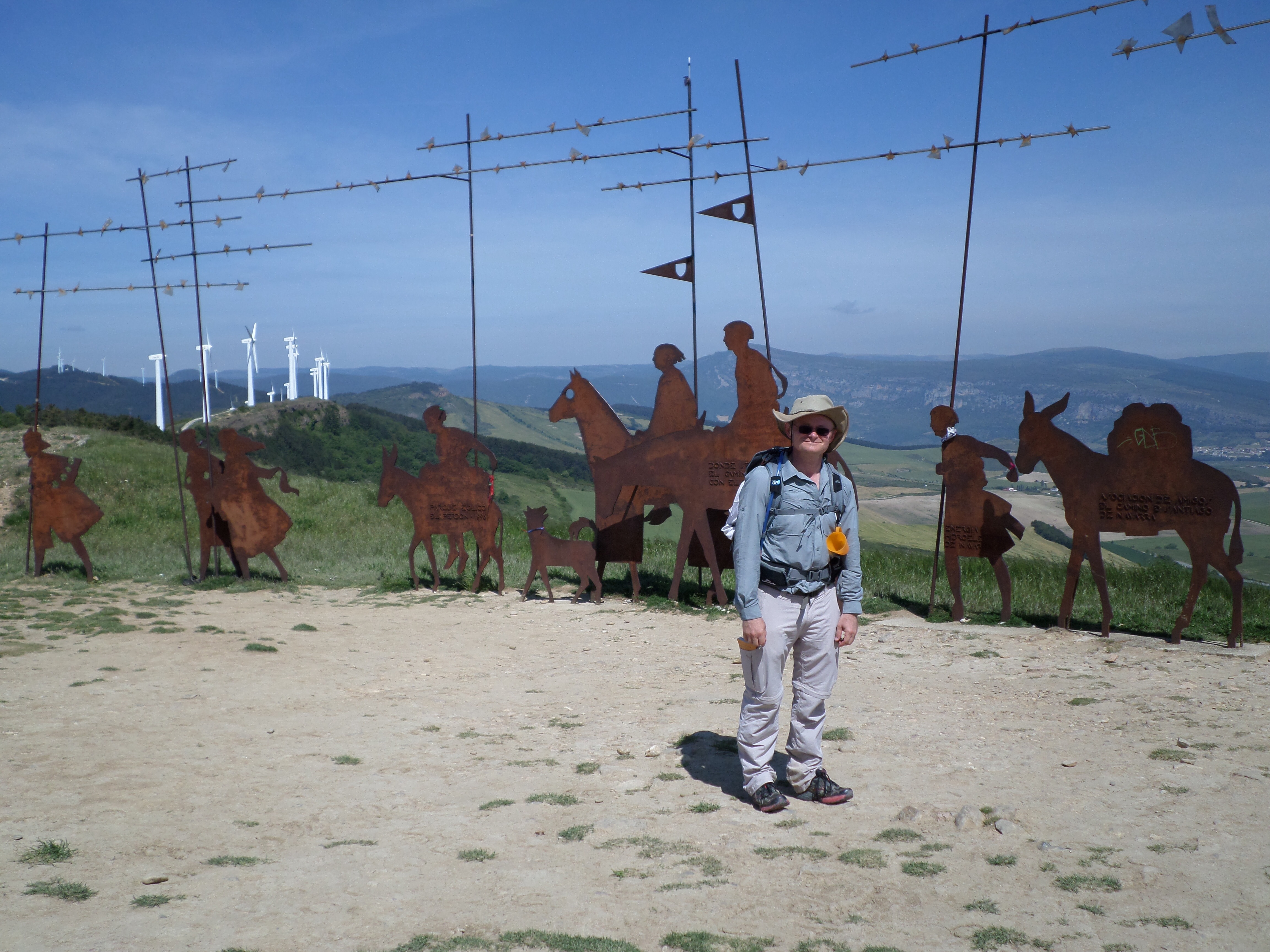 Mark Schipp concludes his story …
Mark Schipp concludes his story …

